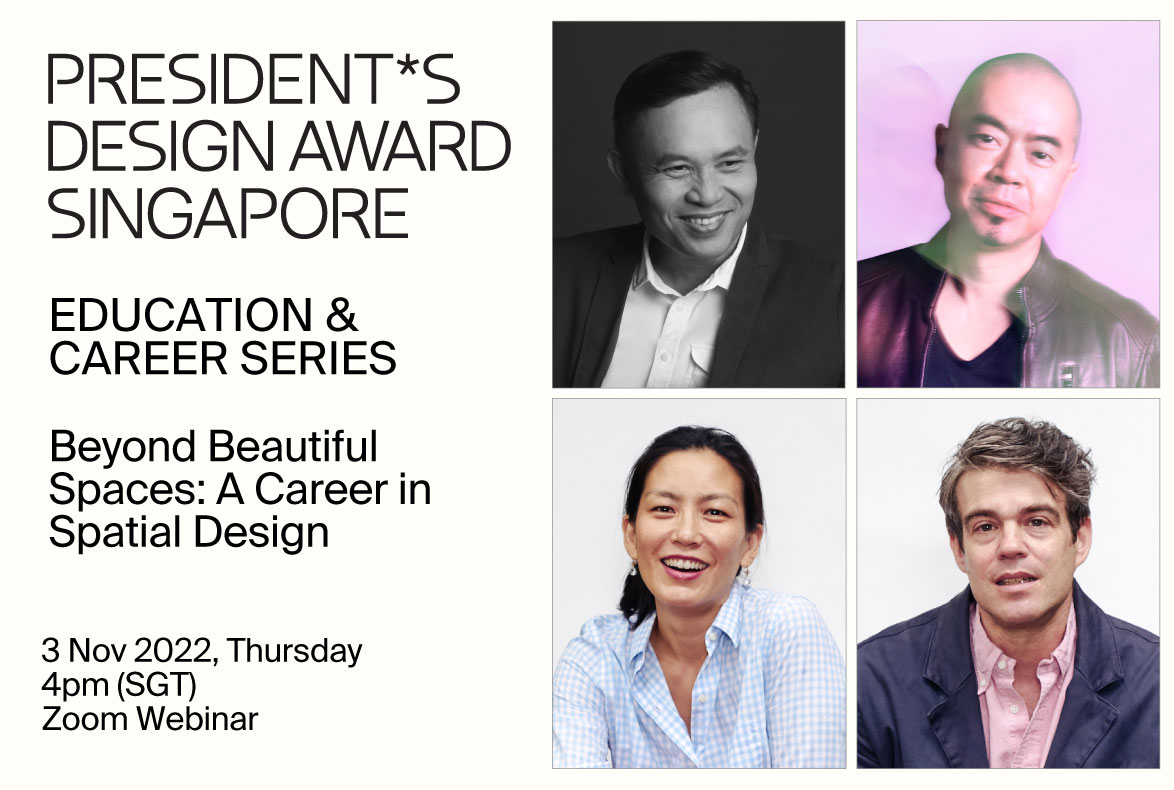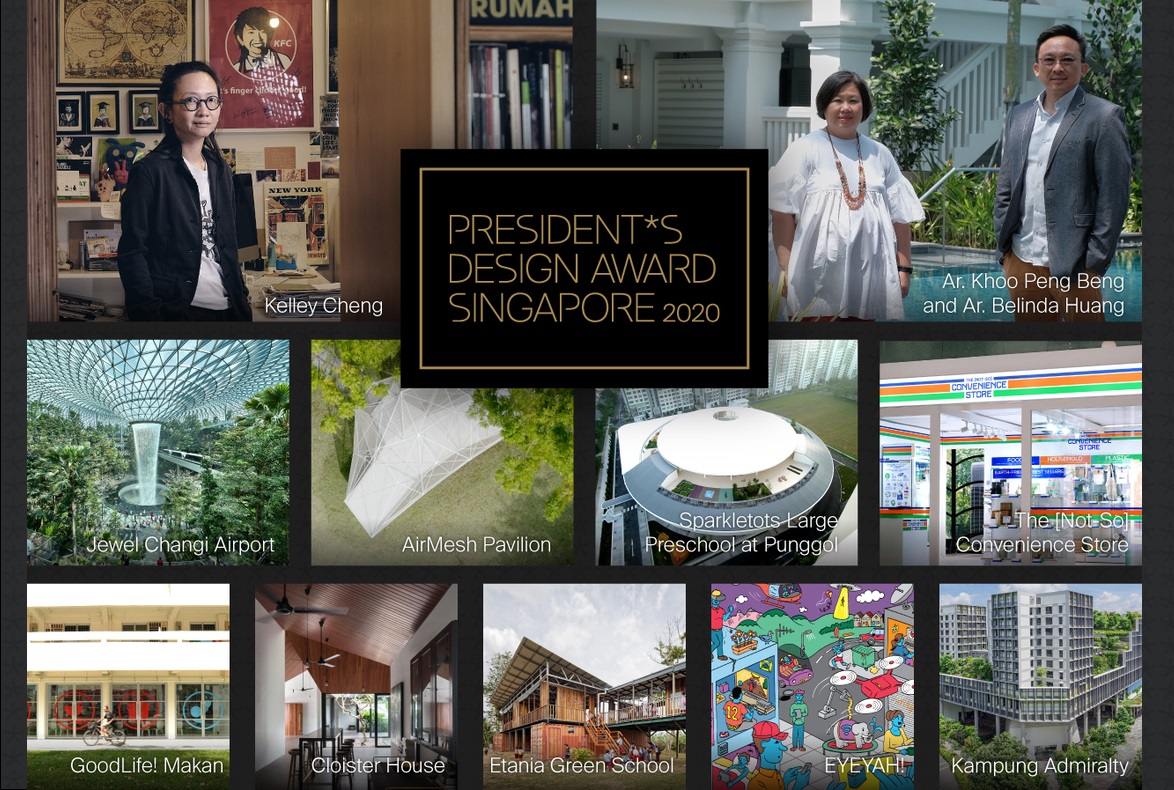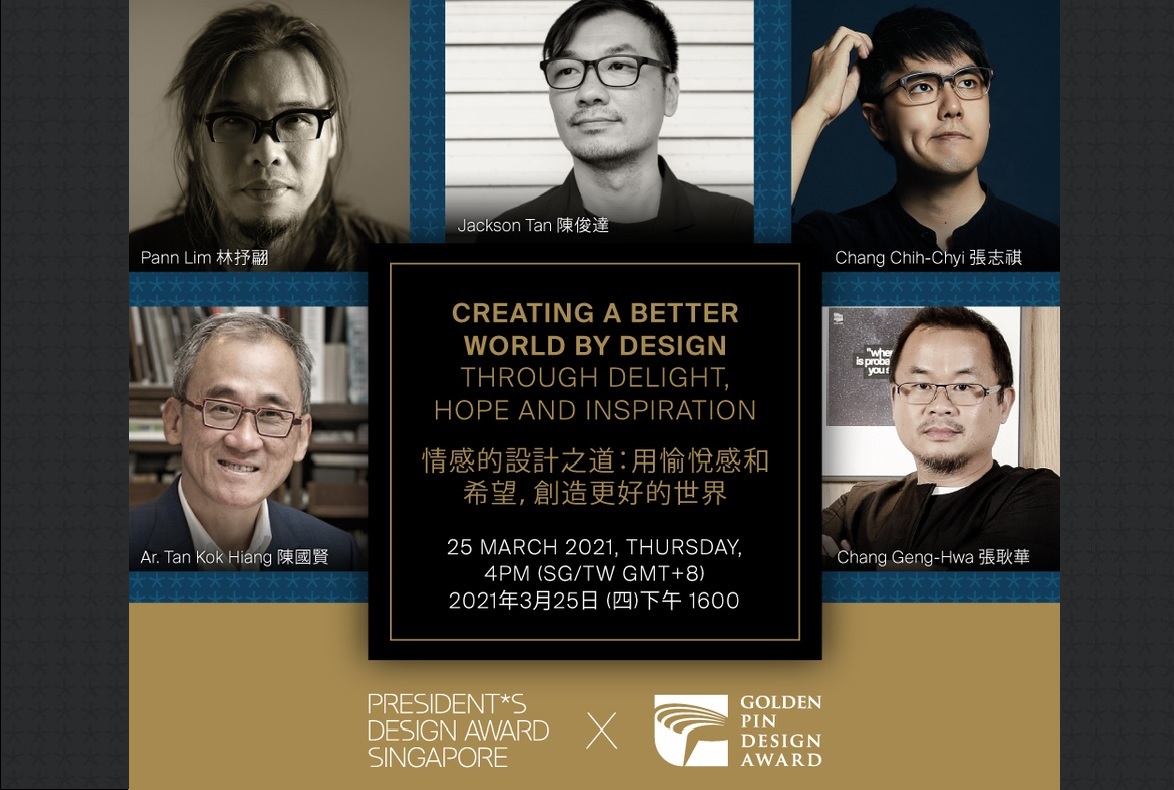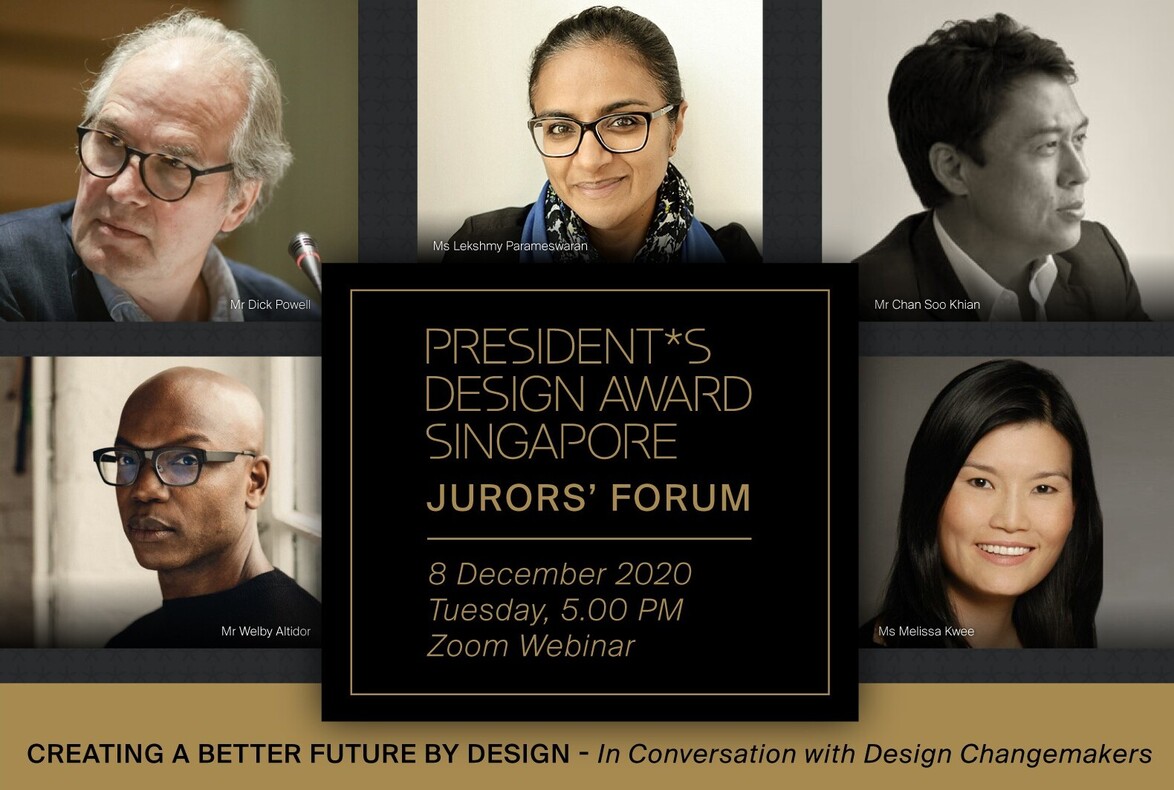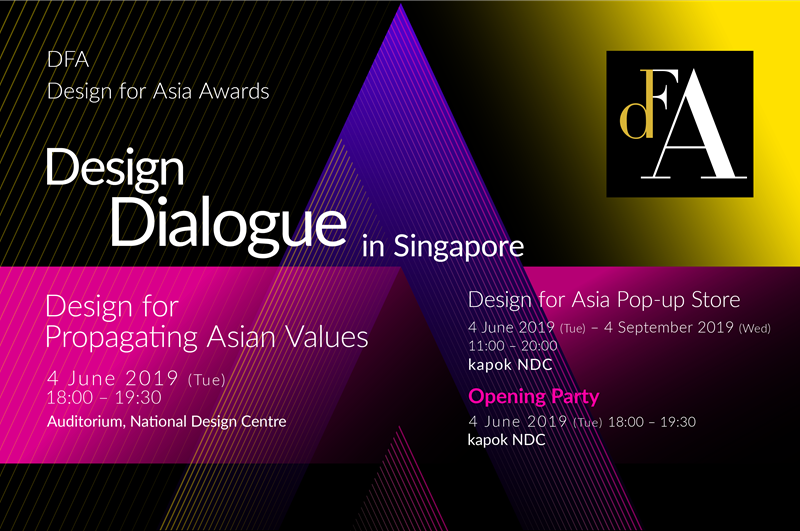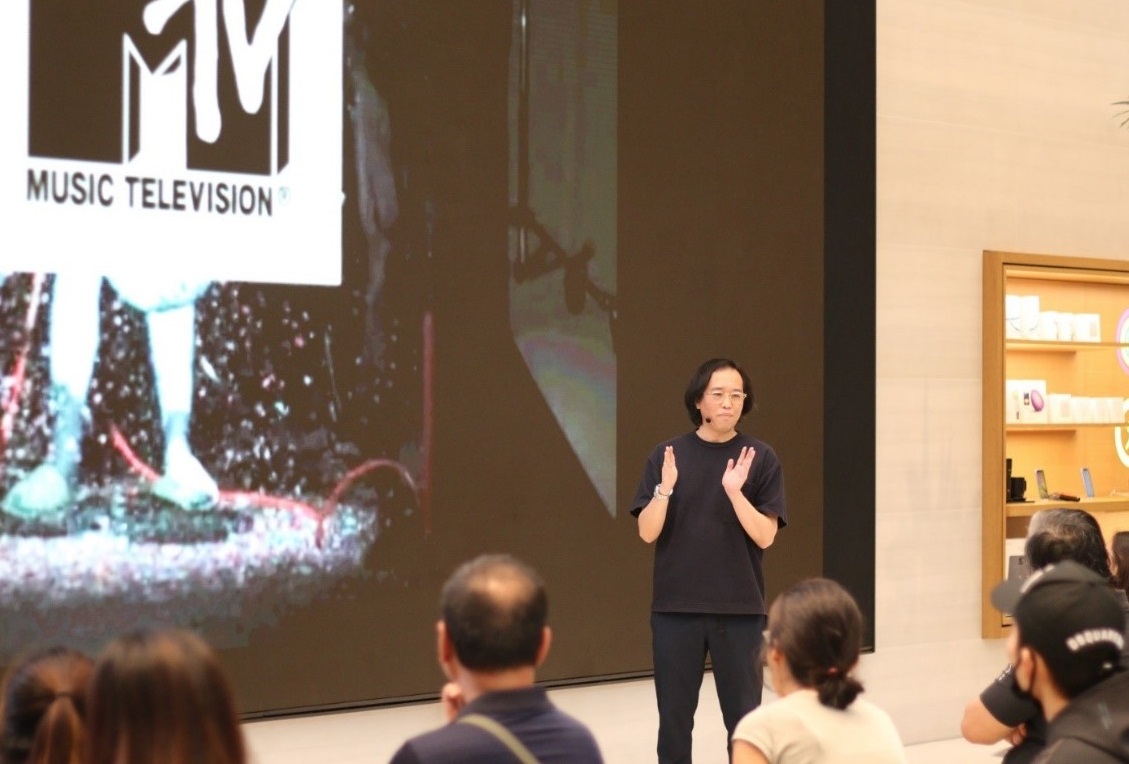 Marisa
Yiu (far right) with designers (from left) Kay Chan, Stephen Ip, Jonathan Mak, and Christopher
Choi at Pei Yi Square Playground in Hong Kong. The project was part of the “Play is for the
People” initiative under the Design Trust Futures Studio. Photo: Design Trust.
Marisa
Yiu (far right) with designers (from left) Kay Chan, Stephen Ip, Jonathan Mak, and Christopher
Choi at Pei Yi Square Playground in Hong Kong. The project was part of the “Play is for the
People” initiative under the Design Trust Futures Studio. Photo: Design Trust.
A robust process of community engagement, experimentation, and prototyping was behind the design of a series of revitalised public parks in Hong Kong. The orchestrator of this process, P*DA 2023 Juror and Hong Kong-based architect Marisa Yiu, believes that to inspire change, we need to slow down and focus on the making of design. The Co-founder and Executive Director of grant-funding and community platform Design Trust and Founding Partner of multidisciplinary design studio ESKYIU, tells us about design research, embracing culture, and building community.
Interview by Serene Tng.
What were some of the influences and moments that led to your current work on leading design efforts and inspiring positive change?
Growing up, I had always been interested in local cultures and the public spaces around us. I had different mentors and influences throughout my school days and career that made me more curious about why people live the way they do, and how we can better appreciate and design our city.
A pivotal moment for me came when we [Marisa Yiu, Eric Schuldenfrei, Alan Lo, and Frank Yu] won the competition to curate the 2009 Hong Kong & Shenzhen Bi-City Biennale of Urbanism and Architecture. Based on the theme of “City Mobilisation: BYOB (Bring Your Own Biennale)”, we activated an empty site that was to be the future home of the West Kowloon Cultural District.
We wanted to get people excited about participating in the future of their own city. The biennale energised both designers and the public from different walks of life in seeing different possibilities for action and the potential impact on our future generations. Children had the chance to be part of building an eco-farm, where they got to touch the soil and care for plants.
The biennale inspired me and many others to think about our roles as architects in not just designing buildings but getting more involved in shaping the public realm and how we can work with the community to take greater action to implement change in our city.
 P*DA 2023
Jury Member (Design Panel) Marisa Yiu, speaking at the P*DA 2023 Jurors’ Forum. She is a
licensed architect in the USA and an associate member of the Hong Kong Institute of Architects.
Photo: Gan Jia Jun.
P*DA 2023
Jury Member (Design Panel) Marisa Yiu, speaking at the P*DA 2023 Jurors’ Forum. She is a
licensed architect in the USA and an associate member of the Hong Kong Institute of Architects.
Photo: Gan Jia Jun.
You saw the need to go deeper into research and partnerships. This resulted in the focus for the non-profit group Design Trust, which nurtures design talents and supports many design projects.
We were one of the first believers in building community, culture, and research.
Around the time of the 2009 biennale event, I was also involved with other Hong Kong-based curators, creating festivals and small exchanges to help promote young designers’ work.
But I realised that if we wanted to make a difference in the way we design and the way we shape our public realm, we needed to go deeper and invest more in research-driven work. And if we wanted young designers to be able to experiment more with their ideas and make an impact, they needed greater support.
Thus, in 2014, we made the shift for Design Trust, which was already part of a registered charity since 2007, to focus more on research and partnerships as a grant-funding and community platform.
 Pei Yi
Square Playground in Tsuen Wan, Hong Kong opened in 2021, replacing what was previously a
featureless concrete surface. The design explores the idea of a “communal living room” for
residents of all ages. Photo: Design Trust.
Pei Yi
Square Playground in Tsuen Wan, Hong Kong opened in 2021, replacing what was previously a
featureless concrete surface. The design explores the idea of a “communal living room” for
residents of all ages. Photo: Design Trust.
What were some of Design Trust’s initial efforts?
One of our first efforts was a research fellowship programme that started in 2015 with M+ (Hong Kong’s visual culture museum, which opened in 2021), supporting original research projects on design and architecture. Through the fellowship programme, we also supported the museum’s design and architecture team on their collection and research.
To date, Design Trust has supported over 200 projects through our grants and fellowship programmes, and we have also built up a network of more than 500 mentors, mentees, grantees, collaborators, and design advisors.
 M+ Design
Trust Research Fellowship Symposium Event in 2022, held at M+ Museum. Photo: Design
Trust.
M+ Design
Trust Research Fellowship Symposium Event in 2022, held at M+ Museum. Photo: Design
Trust.
Why is it important to invest in the community and research?
Design is very much a part of our everyday life. Around the design of our spaces and the city, we need to appreciate our heritage, our archives, our public realm.
It is also about telling stories about the unique Hong Kong identity, both locally and globally. Ultimately, we want to build a rich legacy that our designers, architects, and the public can draw from that will inspire ongoing and future designs, conversations, and efforts.
You led the revitalisation of four micro-parks in Hong Kong that changed the way we look at public spaces and parks. Take us behind the scenes on how this came about.
With our living spaces getting smaller, we were already having conversations about how we could continue to enhance our living environments – and that included public parks and spaces. But if you look at these spaces, they tend to be quite generic and don’t seem to be designed for dignity and humanity.
At the same time, we have a lot of amazing young talents who have strong design thinking and new ideas. Many of them are serving in corporate organisations and other sectors and are still finding themselves. Yet there was very little done to support our young designers, especially those who are 25 to 35 years old.
We were looking for the right models and ways in which we could support and nurture our young designers in their continuous learning and give them a voice and stake in being able to contribute more actively to the public realm. Thus, we started a platform called Design Trust Futures Studio, where well-established architects and designers are paired with young designers in a mentor-mentee partnership.
In the first year, the focus was “small is meaningful”. The initial experiments and prototypes we did, from mobile parks to interventions in districts for the underprivileged, attracted the interest of policy makers. So, we worked with policy makers to focus on improving our park spaces, starting with four pilot parks.
 The
Design Trust Futures Studio launched the Portland Street Rest Garden in Hong Kong’s Yau Tsim
Mong district in 2021, under the “Play is for the People” initiative. Photo: Design
Trust.
The
Design Trust Futures Studio launched the Portland Street Rest Garden in Hong Kong’s Yau Tsim
Mong district in 2021, under the “Play is for the People” initiative. Photo: Design
Trust.
What are some of the impacts of these redesigned park spaces?
The efforts inspired greater interest for policy makers to look at the design and enhancement of another 170 playgrounds and play spaces, and to have more community involvement as well as young architects and designers involved.
The young designers themselves benefitted from the design process, which included studying other public spaces and projects in a study trip to New York and working closely with the community.
It has been an ongoing learning experience for policy makers, the community, and us as designers in understanding how designs of such micro-spaces could meet different needs and demographics. The work has not ended as we also want to measure the impact of such spaces on the community and understand how people are using the spaces.
The design process included experimenting with materials that would last when exposed to the weather. We were also conscious of designing the spaces to give the community a sense of place and comfort, and to support their social lives every day – right down to the tactile experience. For example, the senior residents who love to play chess tested some furniture for one of the parks, and they found that the grooves for the chess table were not deep enough for them to control their chess moves.
In a way, we saw the design process as a living laboratory, communicating and experimenting in real time on what works best.
 Design
Trust Futures Studio 2018 workshop and public design reviews held at Spring Workshop in Hong
Kong’s Wong Chuk Hang district. Photo: Design Trust.
Design
Trust Futures Studio 2018 workshop and public design reviews held at Spring Workshop in Hong
Kong’s Wong Chuk Hang district. Photo: Design Trust.
In building a more design-conscious culture, what should we focus on?
We should focus on encouraging designs that are durable, legible, sustainable, and timeless, and be mindful about minimising waste generated from our designs. More importantly, we should spend more time understanding the design process and its value and impact to arrive at better outcomes.
We must make space for meaningful conversations and invest in the design process, in prototyping, in design making and research, to hone our tools and skills.
No one can create something powerful and impactful overnight. We need the time to slow down and think more deeply about important issues – to find the right partners and invest in the right process. The value of doing this was clear to me when an eight-year-old girl, who participated in the design process with the young designers for one of the parks, shared that she too wanted to become a designer in future.
With good designs and processes, you can change mindsets, influence policies, and most crucially, influence our young minds.
 The
inclusive design of Pei Yi Square Playground (including custom-made play equipment) incorporates
the needs of residents, which were researched through a series of public-engagement workshops.
Photo: Design Trust.
The
inclusive design of Pei Yi Square Playground (including custom-made play equipment) incorporates
the needs of residents, which were researched through a series of public-engagement workshops.
Photo: Design Trust.
To hear more from Marisa Yiu, watch the P*DA Jurors’
Forum 2023 event
video or read our event recap article.
Head to our Jurors 2023 page to read Marisa Yiu’s biography.
The recipients of the President*s Design Award 2023 will be announced in July. Catch the P*DA 2023 exhibition around Singapore from mid-July onwards. Keep up to date by joining the P*DA mailing list.
This article was first published by the Urban Redevelopment Authority (URA). The P*DA is jointly administered by the DesignSingapore Council and the URA.
